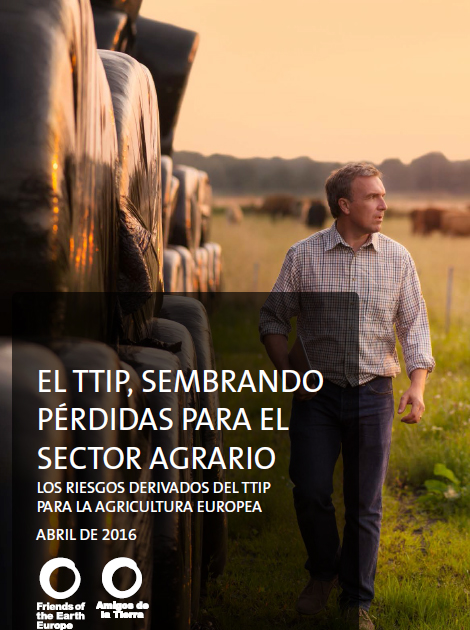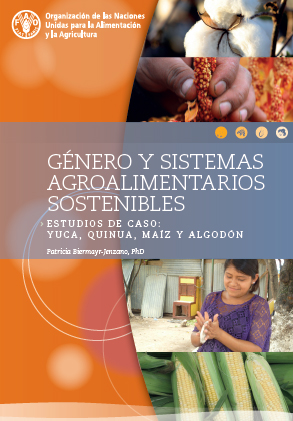Ley de Desarrollo Agrario (Texto codificado).
La presente codificación de la Ley de Desarrollo Agrario, tiene por objeto el fomento, desarrollo y protección integrales del sector agrario que garantice la alimentación de todos los ecuatorianos e incremente la exportación de excedentes, en el marco de un manejo sustentable de los recursos naturales y del ecosistema.El fomento, desarrollo y protección del sector agrario se efectuará mediante el establecimiento de las siguientes políticas: 1) Política de capacitación integral al indígena, al montubio, al afroecuatoriano y al campesino en general, para que mejore sus conocimientos relativos





